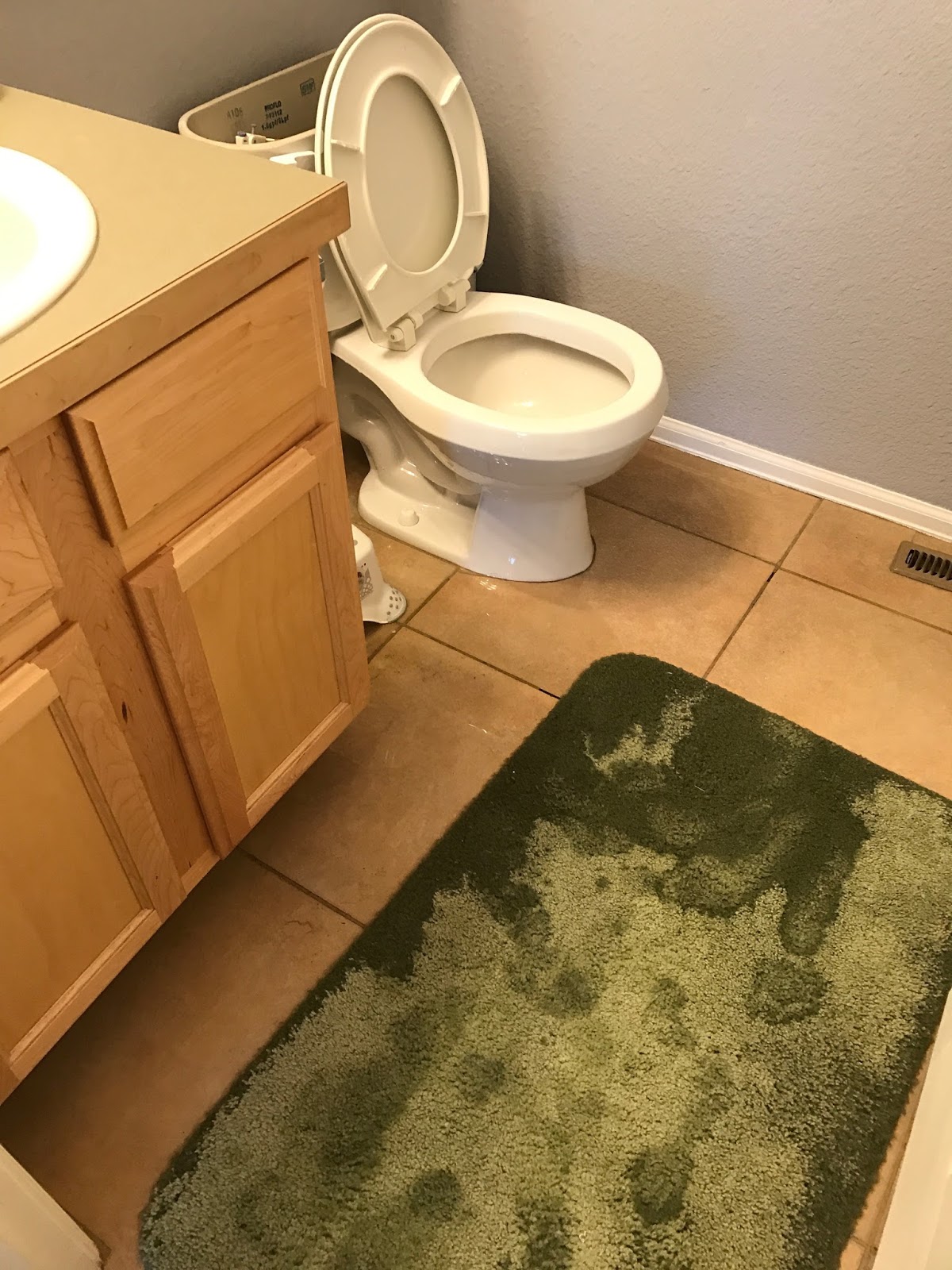How do you really feel in regards to How to Repair and Prevent Bathroom Water Damage??

Water damage usually occurs in the bathroom due to the water used daily. Occasionally, the damages could be a little mold and mildew from the shower. Various other times, it's huge damages on your flooring. Whatever it is, it is always excellent to recognize the cause and also avoid it prior to it happens.
This guide will certainly undergo several of the usual reasons for water damage in the shower room. We will certainly additionally examine what you can do to stop these causes from damaging your bathroom. Allow's dive in.
These are the usual reasons you would certainly have water damage in your washrooms and how you can spot them:
Excess Moisture
It's cool to have that long shower and splash water while you hem and haw and act like you're performing, yet often these acts can cause water damage to your bathroom.
Sprinkling water around can trigger water to go to edges and form molds. Watch how you spread out excess moisture around, and when you do it, clean it up to avoid damages.
Splits in your wall ceramic tiles
Bathroom wall floor tiles have been particularly developed for that objective. They shield the wall from dampness from people taking showers. Nevertheless, they are not undestroyable.
In some cases, your restroom wall ceramic tiles crack as well as permit some dampness to permeate into the wall. This can possibly damage the wall surface if you do not take any kind of activity. If you observe a crack on your wall surface ceramic tiles, fix it immediately. Don't wait until it damages your wall surface.
Overflowing commodes as well as sinks
As humans, often we make errors that could trigger some water damage in the shower room. As an example, leaving your sink tap on can cause overflowing as well as damages to other parts of the bathroom with moisture.
Likewise, a faulty commode can cause overflowing. For example, a broken commode deal with or various other parts of the tank. When this takes place, it can damage the floor.
As soon as you discover an overflowing sink or commode, call a plumbing professional to assist deal with it right away.
Burst or Dripping Pipelines
There are numerous pipelines bring water to various parts of your bathroom. Some pipes take water to the bathroom, the sink, the faucets, the shower, as well as numerous other locations. They crisscross the small location of the washroom.
From time to time, these pipes can get corroded and ruptured. Various other times, human activity could cause them to leakage. When this occurs, you'll locate water in the corners of your restroom or on the wall.
To spot this, look out for gurgling wall surfaces, molds, or mildew. Call a professional emergency plumbing professional to repair this when it occurs.
Roof Leaks
Occasionally, the problem of water damage to the bathroom might not originate from the shower room. As an example, a roof leakage can cause damages to the washroom ceiling. You can find the damages done by checking out the water spots on the ceiling.
If you locate water spots on your ceiling, check the roof to see if it's harmed. After that, call a professional to help solve the problem.
Verdict
Water damage to your washroom can be aggravating. However, you can handle it if you stop some of the reasons mentioned in this guide. Call a professional emergency situation plumber if you discover any severe damages.
How to Prevent Water Damage in Your Bathroom?
Water damage repair is an expensive, meticulous, and lengthy process. Unfortunately, bathrooms are the most susceptible rooms to water damage due to toilets, showers, and sinks. Pipes and fixtures wear out over time and are not immune to damage. But all is not lost, as there are ways to prevent water damage from occurring in your bathroom.
Check Your Plumbing
Nothing lasts forever, especially pipes, which can rust and begin leaking over time. You should periodically conduct pipe inspections and pay attention for any musty smells or water stains that may indicate you need water damage repair. Here are some things to check:
Frequently test valves for your toilet, shower, and sink to ensure they are properly working. Check faucet supply lines hidden under vanities and replace when needed. Replace cracked or deteriorating caulking along sinks, tubs, and showers. If you notice a clog in your sink, call in a professional. Since you can’t check the pipes in the wall, keep an eye out for stains, drywall bubbling, musty smells, and excess moisture; if the bathroom is on a second level, check the ceiling of the room directly below for these signs. Don’t Overwork Your Toilet
One of the most common reasons bathrooms need water damage repair is due to overflowing toilets. Save yourself the hassle of cleanup by being mindful and not pushing your toilet to extreme limits. If you have young children, it is especially important to keep an eye on them when they are in the bathroom and to teach them how to avoid clogging the toilet. Here are some more tips to help prevent your toilet from overflowing:
If you have a septic tank, only use septic-safe toilet paper Do not flush anything down the toilet besides toilet paper; items like diapers and sanitary napkins will clog the piping Pay attention to your toilet’s water level: If it’s low, it could mean it is partially clogged or that there is a crack in the toilet bowl https://www.alure.com/home-improvements-blog/resources/how-to-prevent-water-damage-in-your-bathroom

I stumbled upon that blog posting on How to Repair and Prevent Bathroom Water Damage? while doing a lookup on the internet. Liked our write up? Please share it. Let somebody else locate it. We value reading our article about How to Repair and Prevent Bathroom Water Damage?.
Instant Quote